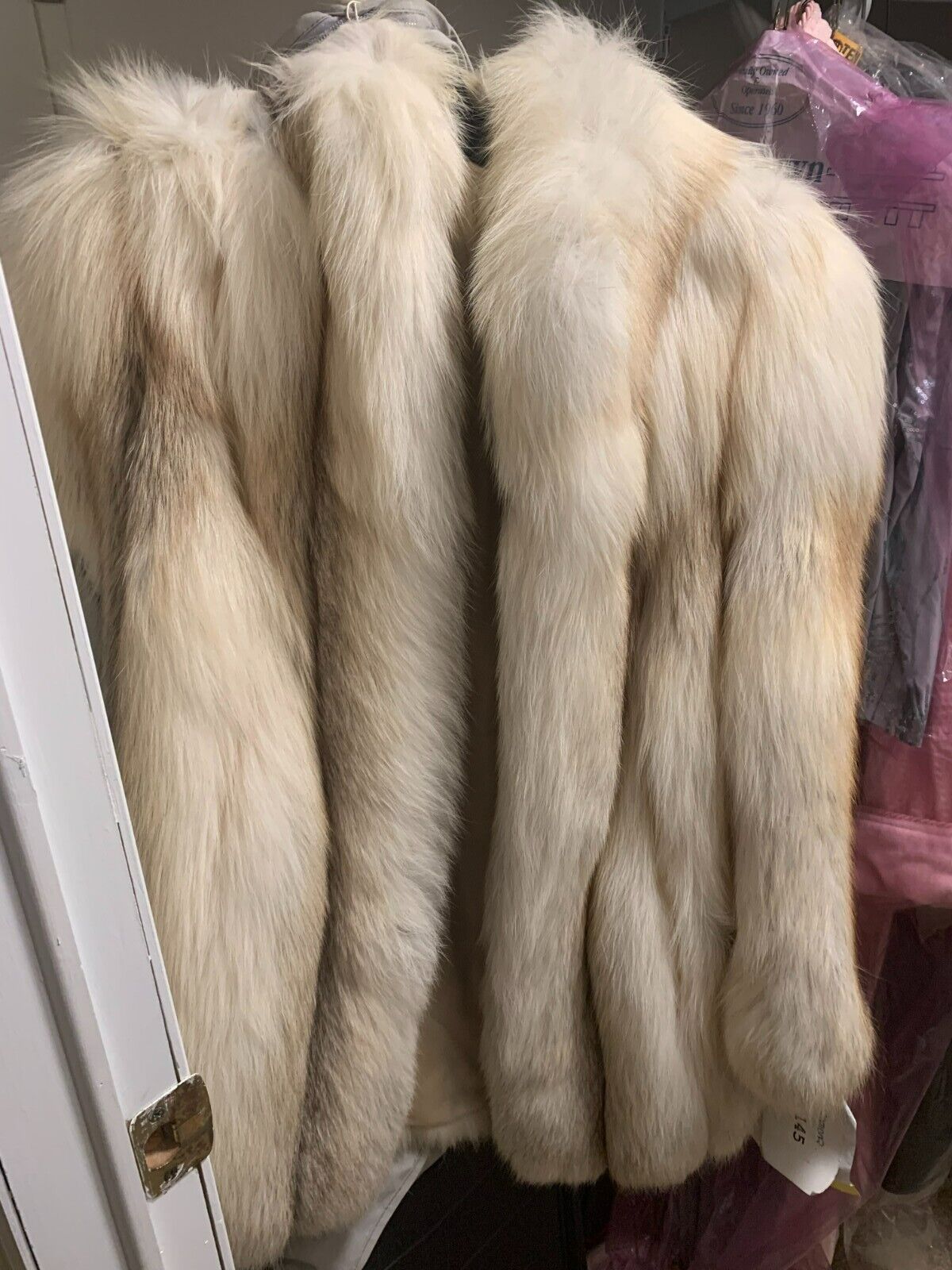

Articles
How To Store A Mink Coat At Home
Modified: January 6, 2024
Discover the best techniques for storing mink coats at home with our informative articles. Preserve the quality and longevity of your precious fur garment.
(Many of the links in this article redirect to a specific reviewed product. Your purchase of these products through affiliate links helps to generate commission for Storables.com, at no extra cost. Learn more)
Introduction
Storing a mink coat at home is crucial to maintain its quality and prolong its lifespan. Mink coats are not just fashionable investments; they are also delicate items that require proper care and storage to prevent damage or deterioration. Whether you are storing your mink coat during the warmer months or simply looking for a safe place to keep it when not in use, following the right storage methods will ensure that your precious garment remains pristine and ready to wear.
In this article, we will guide you through the step-by-step process of storing a mink coat at home. From cleaning and preparation to choosing the right storage location and containers, we will cover all the necessary aspects to help you properly store your mink coat and protect it from potential harm.
Before we delve into the details of storing a mink coat, it’s essential to note that mink coats can be quite expensive. Therefore, taking the time to store them correctly is vital to safeguard your investment and keep your coat looking as good as new for years to come.
Now, without further ado, let’s jump into the first step of the process: cleaning the mink coat.
Key Takeaways:
- Properly storing a mink coat at home involves steps such as cleaning, choosing the right storage method, preparing the coat, selecting a suitable storage location, using proper storage containers, adding desiccants or moth repellents, storing the coat correctly, and checking on it periodically.
- By following the step-by-step process outlined in this article, mink coat owners can ensure that their valuable apparel remains in pristine condition, safeguarded from potential damage, pests, and moisture, allowing for its enjoyment for years to come.
Read more: How To Store Winter Coats In Summer
Step 1: Cleaning the Mink Coat
Before you store your mink coat, it is important to ensure that it is clean. Cleaning the coat removes any dirt, stains, or oils that may have accumulated over time. To clean your mink coat effectively, follow these steps:
- Inspect the coat: Start by carefully inspecting the coat for any visible stains, spills, or areas of concern. If you spot any stains, it is recommended to take the coat to a professional fur cleaner who specializes in cleaning mink garments.
- Check the care label: Look at the care label on your mink coat to determine if it is machine-washable or if it requires professional cleaning. Always follow the care instructions provided by the manufacturer to avoid damaging the coat.
- Spot cleaning: If the care label indicates that spot cleaning is permissible, you can remove small stains or spills by using a damp cloth or sponge. Gently dab the affected area with a mild detergent or specialized fur cleaning solution, making sure to avoid rubbing. Allow the area to air dry naturally.
- Professional cleaning: If your mink coat requires professional cleaning, seek the services of a reputable fur cleaner. They have the expertise and proper equipment to clean and condition your coat without causing any harm.
It is crucial to avoid using heat, excessive moisture, or harsh chemicals, as they can damage the delicate fur and underlying skin. Remember, mink fur is a natural material that requires gentle handling and care.
Once your mink coat is clean and free from any stains or odors, you can proceed to the next step: choosing the right storage method.
Step 2: Choosing the Right Storage Method
When it comes to storing a mink coat, selecting the appropriate storage method is essential to maintain its quality and integrity. Here are some factors to consider when choosing the right storage method:
- Climate control: Mink fur is sensitive to temperature and humidity fluctuations. Therefore, it is best to store your coat in a cool, dry, and well-ventilated area. Avoid places with high humidity or extreme temperature changes, such as attics, basements, or storage units without climate control.
- Hanging vs. folding: Hanging your mink coat is generally the preferred method, as it helps maintain its shape and prevents creases. However, if hanging is not feasible due to limited space or other constraints, you can carefully fold the coat, making sure to avoid placing any pressure on the fur.
- Protective cover: Whether you choose to hang or fold your mink coat, it is essential to protect it from dust, moisture, and potential damage. Use a breathable garment bag or a cotton cover to shield your coat while still allowing air circulation to prevent mold or mildew growth.
- Separation from other garments: To avoid potential damage or transfer of odors, store your mink coat separately from other garments. This will prevent any staining or unwanted scents from infiltrating the fur. If possible, designate a specific storage area or closet exclusively for your mink coat.
Consider these factors and evaluate your available storage options to determine the best storing method for your mink coat. Each coat is unique, so choose an approach that ensures its protection and prolongs its lifespan.
Now that you have chosen the right storage method, let’s move on to the next step: preparing the coat for storage.
Step 3: Preparing the Coat for Storage
Before storing your mink coat, it is essential to properly prepare it to ensure its safety and longevity. Follow these steps to effectively prepare your coat for storage:
- Inspect for damage: Carefully examine your mink coat for any signs of damage, such as loose seams, tears, or missing buttons. Fix any minor repairs or take your coat to a professional furrier to address any significant issues before storing it.
- Remove accessories: Take off any accessories, such as brooches, pins, or belts, as they can cause damage or leave impressions on the fur during storage. Store these accessories separately to prevent any potential harm to your mink coat.
- Brush the fur: Using a wide-toothed comb or a specialized fur brush, gently brush the fur of your mink coat to remove any tangles or debris. Always brush in the direction of the fur growth to avoid damaging the delicate hair fibers.
- Avoid exposure to sunlight: Mink fur is sensitive to sunlight, which can cause fading or discoloration. Avoid exposing your coat to direct sunlight for prolonged periods. If storing in a location with windows, make sure to use curtains or blinds to minimize the amount of light reaching the coat.
- Avoid hanging near heat sources: Keep your mink coat away from heat sources like radiators, fireplaces, or heating vents. Direct heat can cause the fur to dry out and lose its natural luster and suppleness.
By properly preparing your mink coat for storage, you are ensuring that any potential issues are addressed and that the coat is in the best possible condition before it is stored. Once your coat is prepared, you can move on to the next step: selecting a suitable storage location.
Step 4: Selecting a Suitable Storage Location
Choosing the right storage location for your mink coat is crucial in maintaining its quality and protecting it from potential damage. Consider the following factors when selecting a suitable storage location:
- Cool and dry environment: Opt for a storage location that is cool and dry, as excessive heat, humidity, or moisture can negatively affect the fur. Avoid areas prone to temperature fluctuations, such as attics or basements, and instead opt for a closet or storage space in a climate-controlled room.
- Away from direct light: Protect your mink coat from direct sunlight, as prolonged exposure to light can cause fading or discoloration. Choose a storage location away from windows or cover your coat with a cloth to shield it from any potential light exposure.
- Avoid crowded spaces: Ensure that your mink coat has enough space in the storage location to hang or fold without being squeezed or crushed by other items. Crowded spaces can lead to creases, matting, or damage to the fur.
- Easy accessibility: While it’s important to store your mink coat away when not in use, make sure it is easily accessible when you need it. Select a storage location that allows you to retrieve or rotate your coat without difficulty.
- Clean and dust-free environment: Keep your mink coat away from areas prone to dirt, dust, or potential contaminants. Regularly clean and maintain the storage location to minimize the risk of particles settling on the coat.
By considering these factors, you can choose a suitable storage location that provides optimal conditions for preserving the quality and appearance of your mink coat. Now that you have selected the right storage location, let’s proceed to the next step: using proper storage containers.
Store your mink coat in a cool, dark, and well-ventilated closet. Avoid hanging it in direct sunlight or near heat sources to prevent damage to the fur. Use a padded hanger to maintain its shape.
Read more: How To Store A Fur Coat
Step 5: Using Proper Storage Containers
Using the appropriate storage containers for your mink coat is essential to protect it from dust, damage, and moisture. Here are some tips on selecting and using proper storage containers:
- Breathable garment bag: Invest in a breathable garment bag specifically designed for fur storage. These bags allow air circulation while providing a protective barrier against dust and light exposure. Avoid using plastic bags or covers as they can trap moisture and potentially damage the fur.
- Cotton or muslin cover: If you prefer not to use a garment bag, you can cover your mink coat with a cotton or muslin cover. These natural fabrics allow air to circulate while still providing a protective layer against dust and light. Ensure that the cover is large enough to fully cover the coat without putting pressure on the fur.
- Avoid compression: When storing your mink coat in a container, whether it’s a garment bag or cover, avoid compressing or tightly folding the fur. Allow enough space for the coat to rest naturally without any unnecessary pressure or strain.
- Avoid plastic containers: Plastic containers can trap moisture and potentially damage the fur. Opt for breathable storage containers made of fabric or natural materials to ensure proper air circulation and prevent any potential harm to the mink coat.
- Avoid mothballs: While it is important to protect your mink coat from moths, avoid using mothballs directly on the fur. Mothballs can leave an unpleasant odor and potentially harm the delicate fur fibers. Instead, consider using alternative moth deterrents like cedar chips, lavender sachets, or natural moth repellent products.
By using the right storage containers for your mink coat, you can provide a protective environment that keeps the fur safe from dust, light, and potential damage. Now that you know how to use proper storage containers, let’s move on to the next step: adding desiccants or moth repellents.
Step 6: Adding Desiccants or Moth Repellents
Protecting your mink coat from moisture and potential moth damage is crucial during storage. Here are some steps to consider when adding desiccants or moth repellents:
- Desiccants for moisture control: Moisture can be detrimental to mink fur and lead to mold or mildew growth. To prevent moisture buildup, add desiccant packets or silica gel packets to the storage container. These desiccants absorb excess moisture and help maintain a dry environment for your mink coat. Be sure to place the packets away from direct contact with the fur to avoid any potential damage.
- Moth repellents: Moths can be a concern for storing mink coats, as they are attracted to fur and can cause irreparable damage. Consider using natural moth repellents such as cedar chips, lavender sachets, or essential oils. These natural deterrents help keep moths at bay without compromising the quality of your mink coat.
- Keep repellents separate: When using moth repellents, make sure they do not come into direct contact with the fur. Place them in a separate pouch or container within the storage container, keeping them away from the coat itself. This precaution ensures that the repellents do not leave any unwanted residue or scents on your mink coat.
- Regularly check and replace: Periodically check on the desiccant packets and moth repellents to ensure they are still effective. Replace them as needed to maintain moisture control and moth protection throughout the storage period.
By adding desiccants or moth repellents to your mink coat storage, you can create an environment that keeps the fur dry and safeguarded from potential pests. Now that you know how to protect your coat, let’s move on to the next step: storing the mink coat correctly.
Step 7: Storing the Mink Coat Correctly
Properly storing your mink coat is essential to maintain its quality and condition during periods of non-use. Follow these steps to ensure you are storing your coat correctly:
- Hanging method: If you choose to hang your mink coat, use a sturdy, broad-shouldered hanger to support its weight and maintain its shape. Avoid using wire hangers, as they can cause deformations or creases in the fur.
- Secure hanging: Make sure the hanger is securely placed in the storage area to prevent accidental falling or damage to the coat. Check that the hanging area can support the weight of the coat without any strain.
- Proper spacing: Hang the mink coat with enough space between it and other garments or items in the storage area. This allows for proper air circulation, reducing the risk of moisture buildup or compression of the fur.
- Folding method: If you choose to fold your mink coat, lay it flat in the storage container, making sure to avoid any sharp creases or pressure on the fur. Use acid-free tissue paper to cushion the folds and protect the fur from any potential damage.
- Container placement: Whether you hang or fold your mink coat, place the storage container in a cool, dry, and well-ventilated area. Ensure it is away from direct sunlight, heat sources, and areas prone to humidity or moisture.
- Avoid compression: If using a storage container, make sure not to compress or stack heavy items on top of the mink coat. This can cause unnecessary strain, creasing, or flattening of the fur.
By storing your mink coat correctly, you are ensuring that it remains well-preserved and protected from potential damage or deterioration. Now that you have successfully stored your coat, let’s move on to the final step: checking on the coat periodically.
Step 8: Checking on the Coat Periodically
Periodically checking on your mink coat while in storage is important to ensure its well-being and address any potential issues. Follow these steps to properly monitor your coat:
- Scheduled inspections: Set a schedule to inspect your mink coat at regular intervals, such as every few months. This allows you to identify any signs of damage, mold, or pest infestation early on.
- Visual examination: Carefully examine your mink coat for any signs of discoloration, stains, tears, or loose seams. Pay close attention to areas prone to wear, such as the collar, cuffs, or pockets.
- Check for pests: Inspect the storage area and your coat for any signs of moth or pest activity. Look for larvae, webs, or droppings as indicators of infestation. If you notice any signs of pests, take immediate action to address the issue.
- Addressing minor issues: If you spot any minor damage or loose threads, consider taking your coat to a professional furrier for repairs. Addressing small issues promptly can prevent them from becoming more significant problems in the future.
- Replenish moth repellents: If using natural moth repellents, check their effectiveness and replace them as needed. This ensures that your mink coat remains protected from potential moth damage during storage.
Regularly checking on your mink coat allows you to catch any issues early and take the necessary steps to preserve its quality. By following these periodic inspection guidelines, you can ensure that your coat remains in excellent condition throughout its storage period.
Congratulations! You have successfully completed all the steps necessary to store your mink coat at home. By following these guidelines, you can confidently protect your investment and ensure that your mink coat remains in pristine condition for years to come.
Remember, proper storage and care are essential for maintaining the quality and longevity of your mink coat. Now, sit back and enjoy the peace of mind knowing that your coat is safely stored and ready to be worn whenever the occasion calls for it!
Read more: How To Store A Wool Coat
Conclusion
Storing a mink coat at home requires careful attention to detail, but the efforts are well worth it to preserve its quality and longevity. By following the step-by-step process outlined in this article, you can ensure that your mink coat remains protected and in excellent condition during periods of non-use.
From cleaning and preparing the coat to choosing the right storage method and location, each step plays a vital role in maintaining the integrity of your mink coat. By using proper storage containers, adding desiccants or moth repellents, and periodically checking on the coat, you can further safeguard it from potential damage, pests, and moisture.
Remember to handle your mink coat with care, avoiding harsh chemicals, excessive heat, and exposure to direct sunlight. By following these best practices, you can prolong the lifespan of your mink coat and enjoy its luxurious warmth and beauty for years to come.
It’s important to note that if you are unsure about any aspect of storing your mink coat at home, seeking the advice of a fur specialist or professional furrier can provide additional guidance and expertise to ensure proper care and preservation.
By investing time and effort in storing your mink coat correctly, you are safeguarding your valuable apparel and allowing it to be enjoyed for generations. So, take the necessary steps, implement the recommended techniques, and enjoy the peace of mind that comes with knowing your mink coat is stored safely and ready for future use.
Now that you have the knowledge, go ahead and store your mink coat with confidence, knowing that you are taking the necessary steps to protect your investment and preserve its exquisite beauty.
Frequently Asked Questions about How To Store A Mink Coat At Home
Was this page helpful?
At Storables.com, we guarantee accurate and reliable information. Our content, validated by Expert Board Contributors, is crafted following stringent Editorial Policies. We're committed to providing you with well-researched, expert-backed insights for all your informational needs.

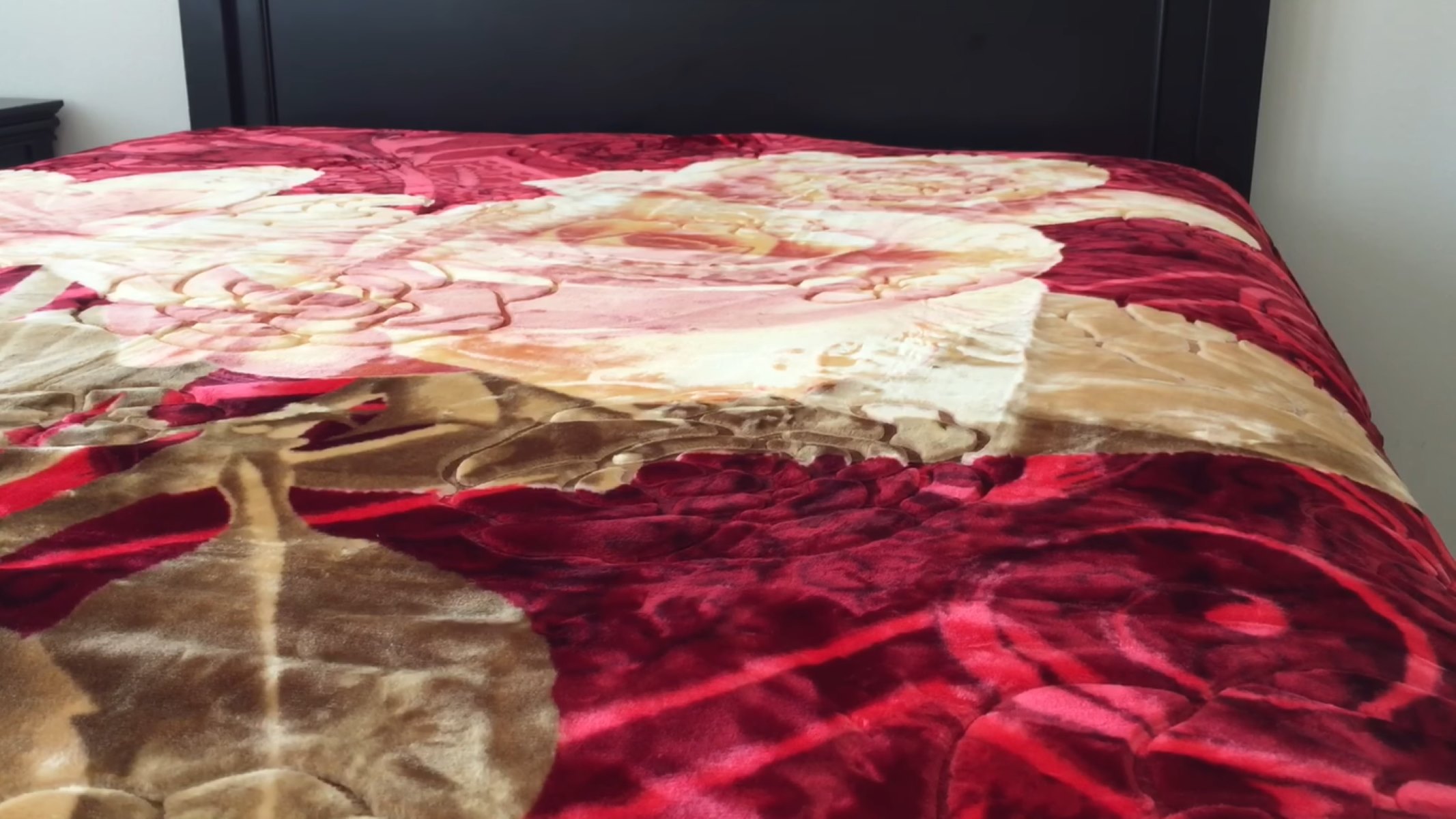

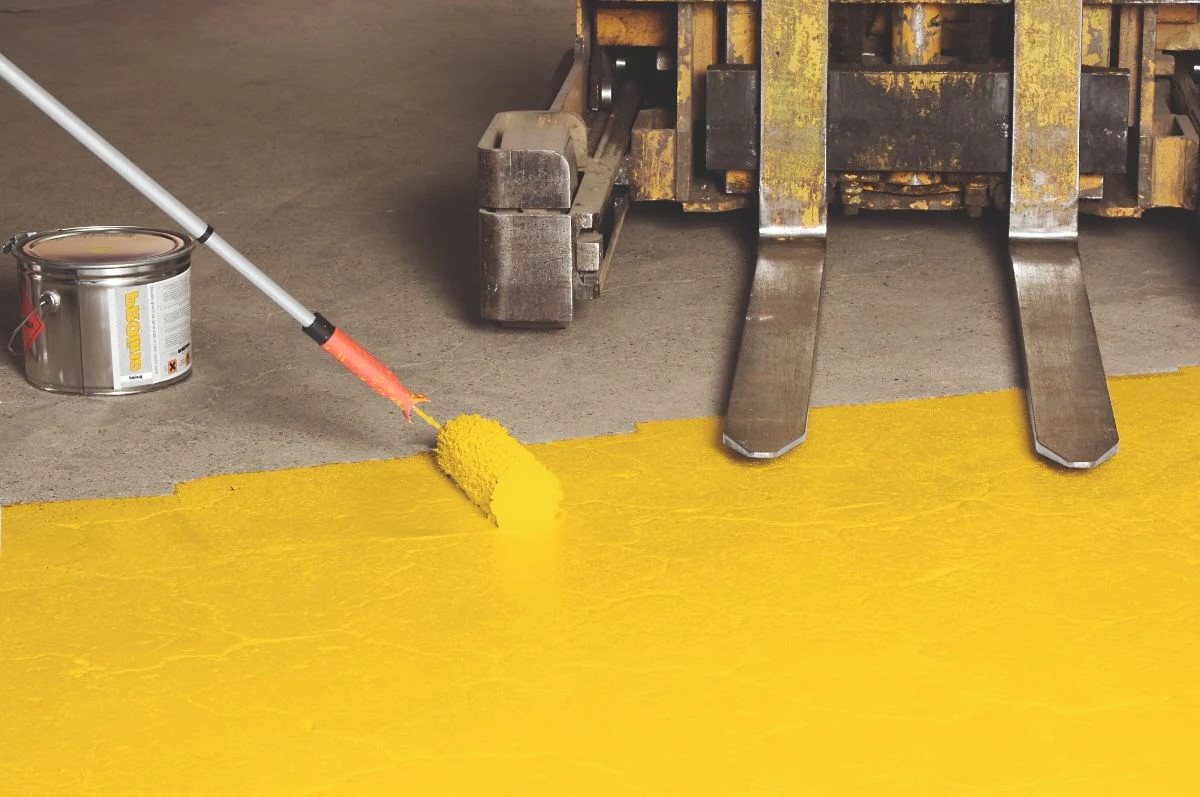
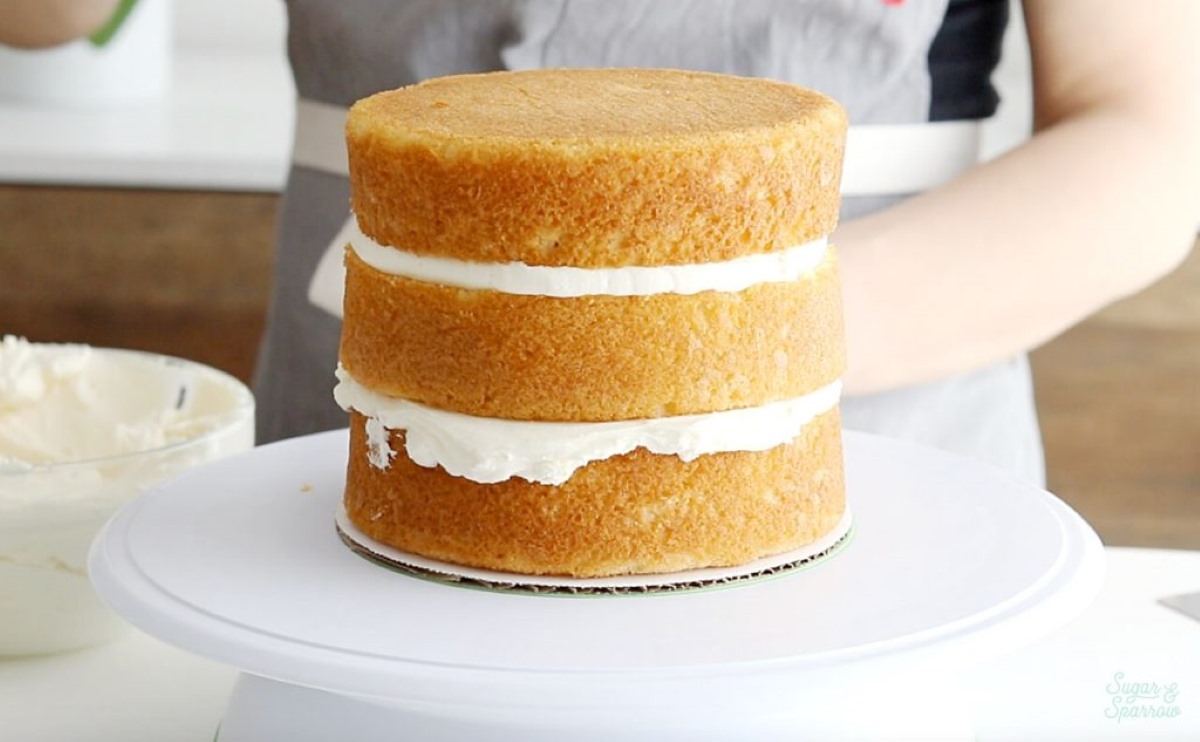

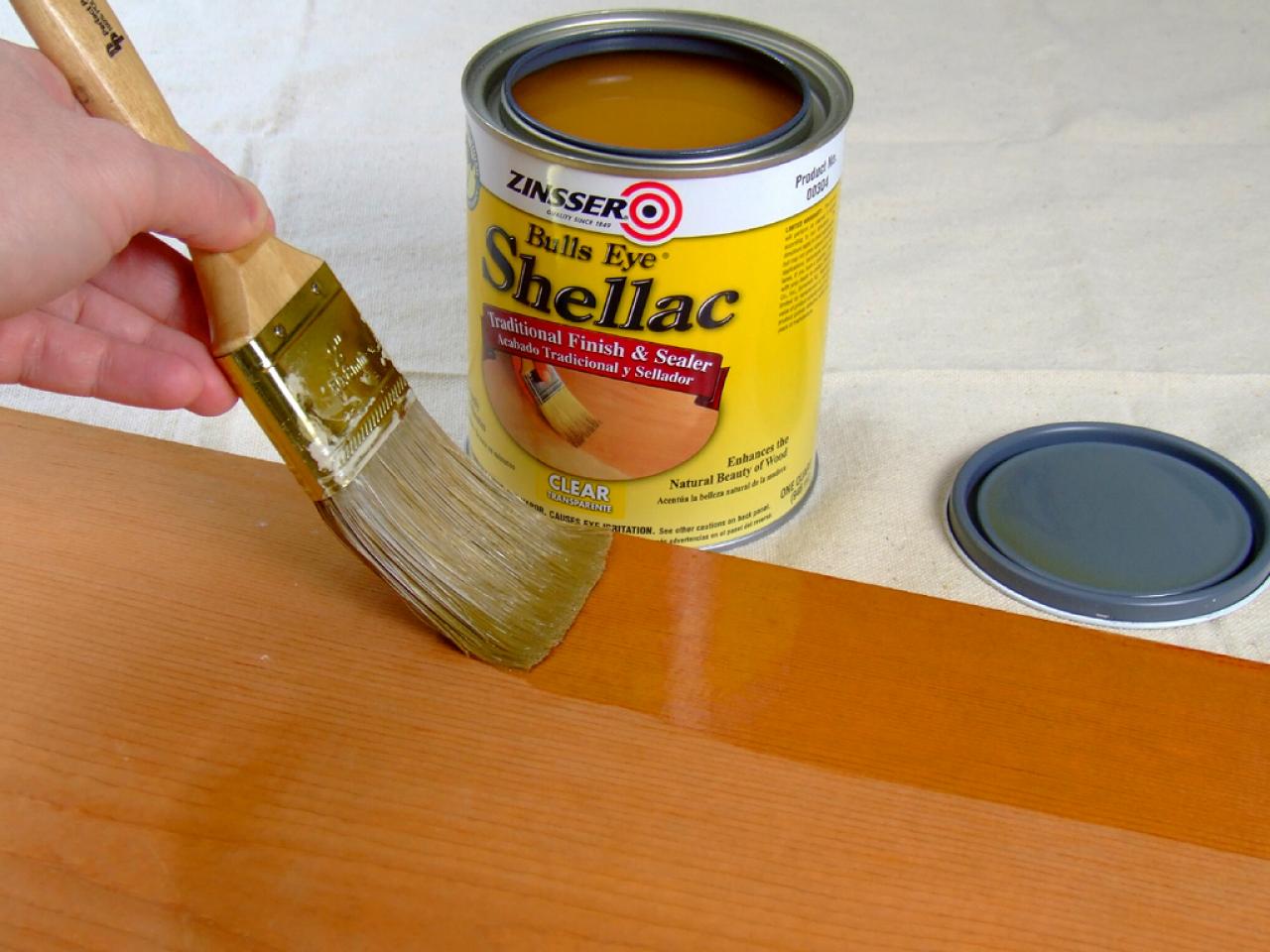
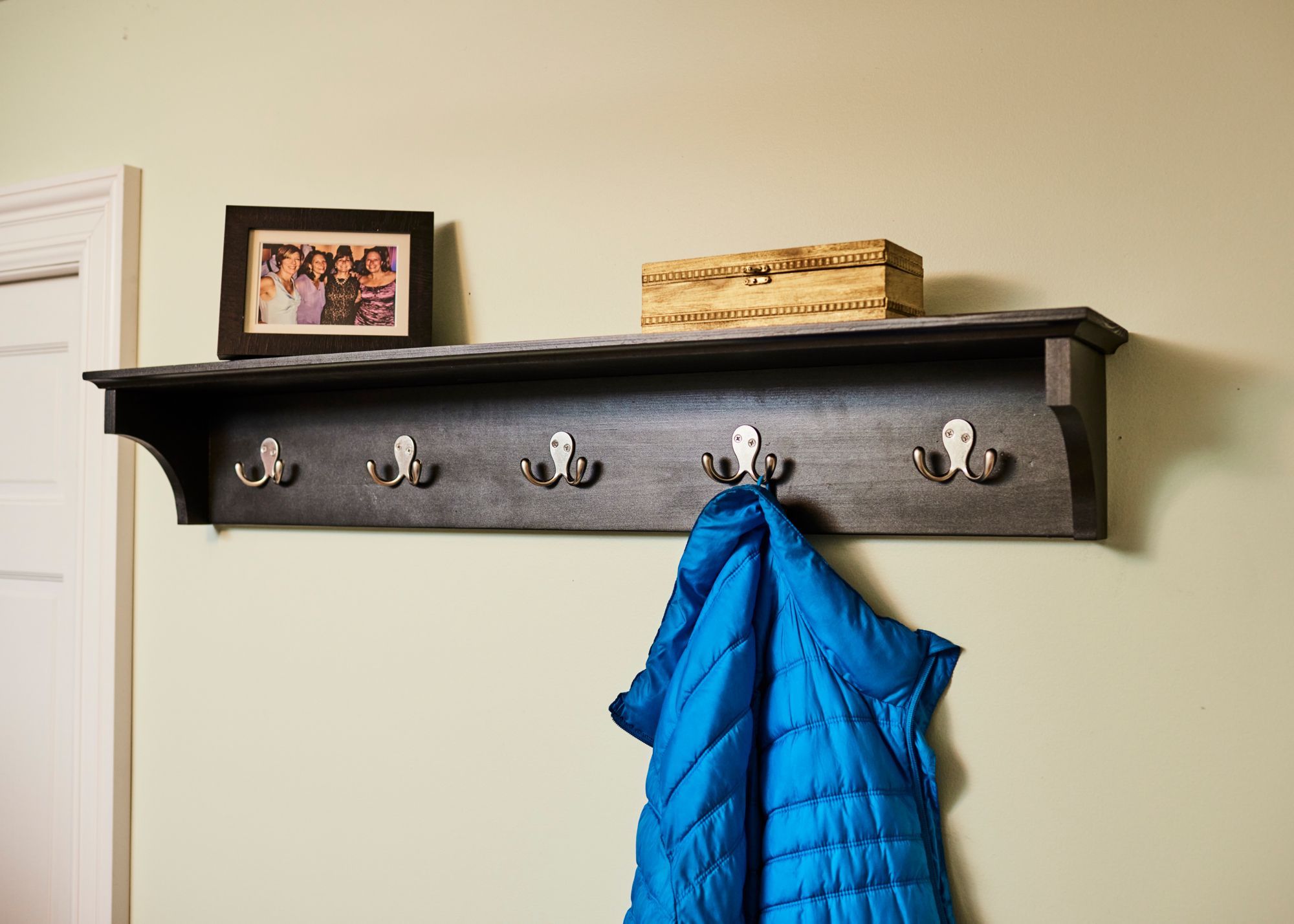
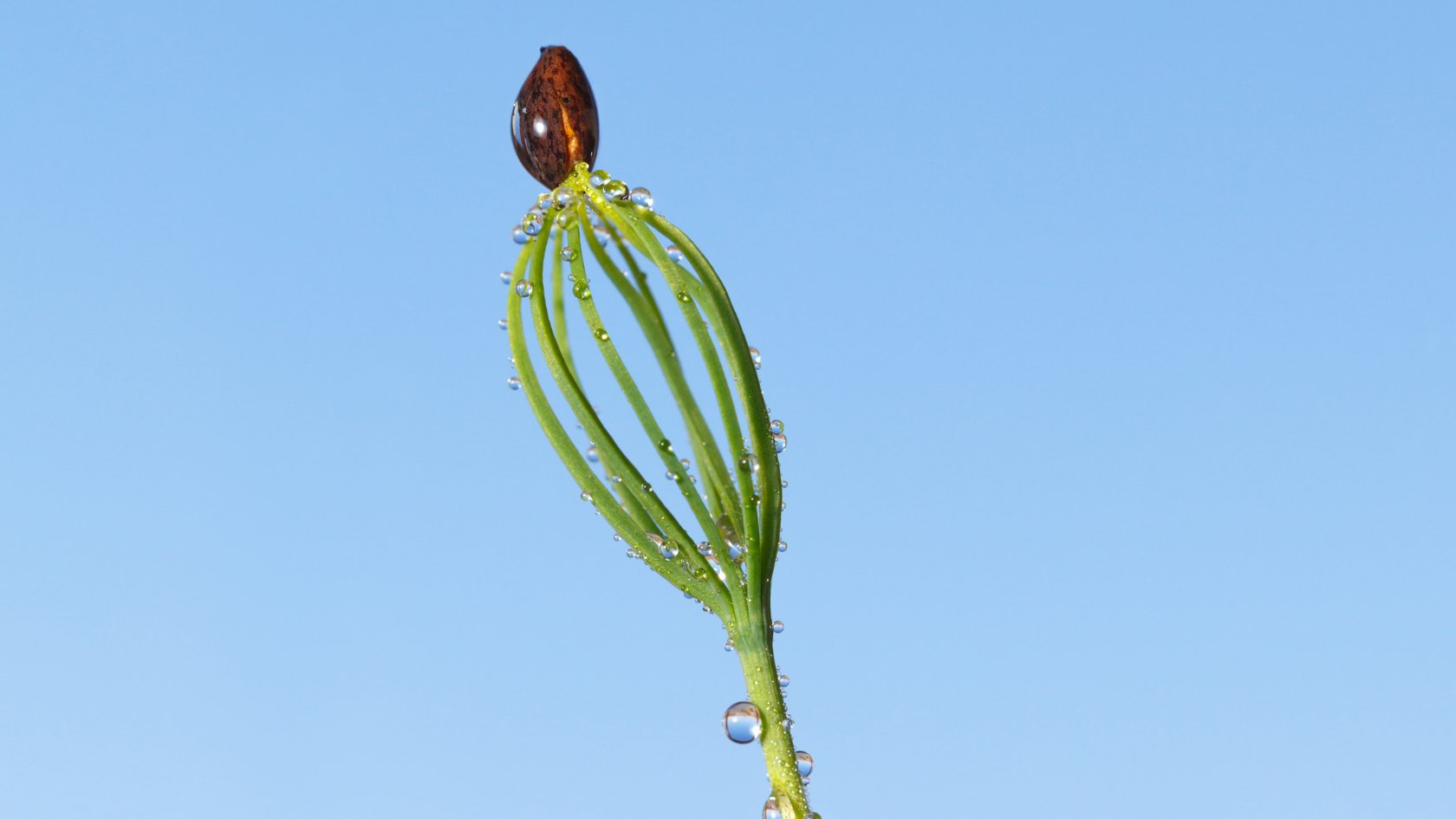


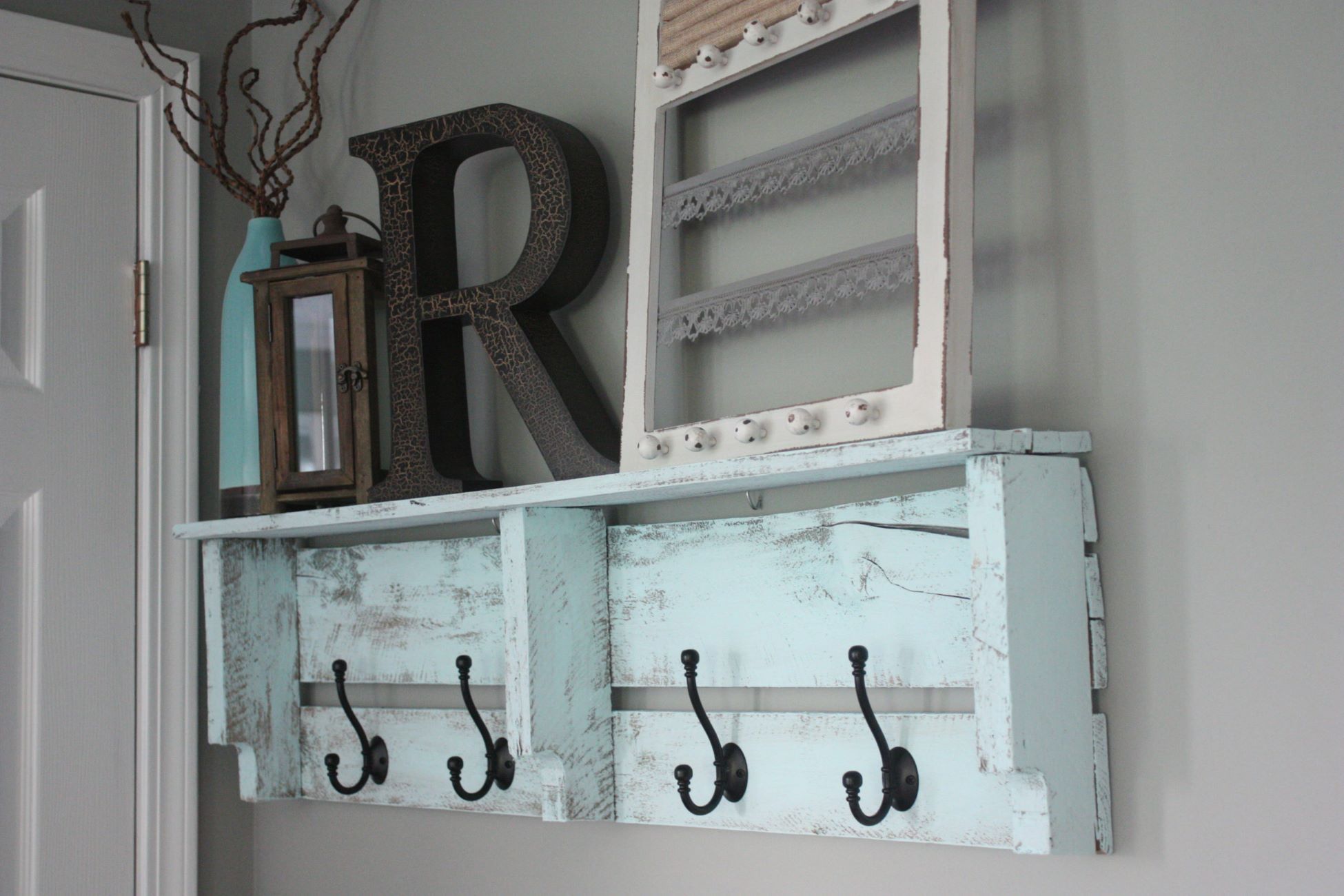


0 thoughts on “How To Store A Mink Coat At Home”